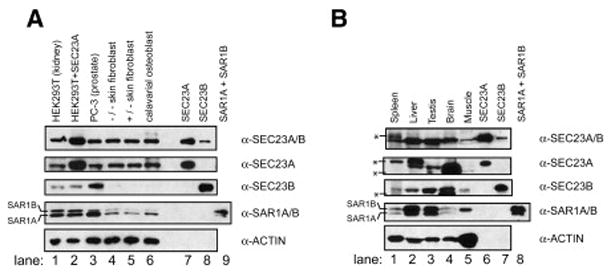Figure 3. Calvarial osteoblasts express little SEC23B.

Post-nuclear cultured cell lysates (A) or normal human tissue lysates (B) were analyzed by immunoblot, using antibodies specific for either SEC23A or SEC23B, in addition to an antibody recognizing both human Sec23 paralogs (α-SEC23A/B), an antibody that recognizes both human SAR1 paralogs (α-SAR1A/B), and an antibody for actin as a loading control. (A) Cultured cells used were HEK293T, HEK293T transfected with a plasmid to overexpress SEC23A, PC-3, homozygous CLSD patient skin fibroblasts, heterozygous CLSD patient skin fibroblasts, and primary calavarial osteoblasts. On the right side, purified human proteins (20 ng SEC23A, 20 ng SEC23B, and 400 pg SAR1A + 400 pg SAR1B) were loaded to demonstrate antibody specificity. (B) Similar immunoblot of normal human tissue lysates (35 μg each lane, except for liver, 70 μg), as well as 3 ng SEC23A, 3 ng SEC23B, and 250pg SAR1A + 250 pg SAR1B. Asterisks denote species that we believe to be non-specific cross-reacting proteins, although spleen may contain a slower-migrating modified form of SEC23A (visible in anti-SEC23A/B and anti-SEC23A treatments). As expected, muscle cells have a very high actin:COPII ratio.
